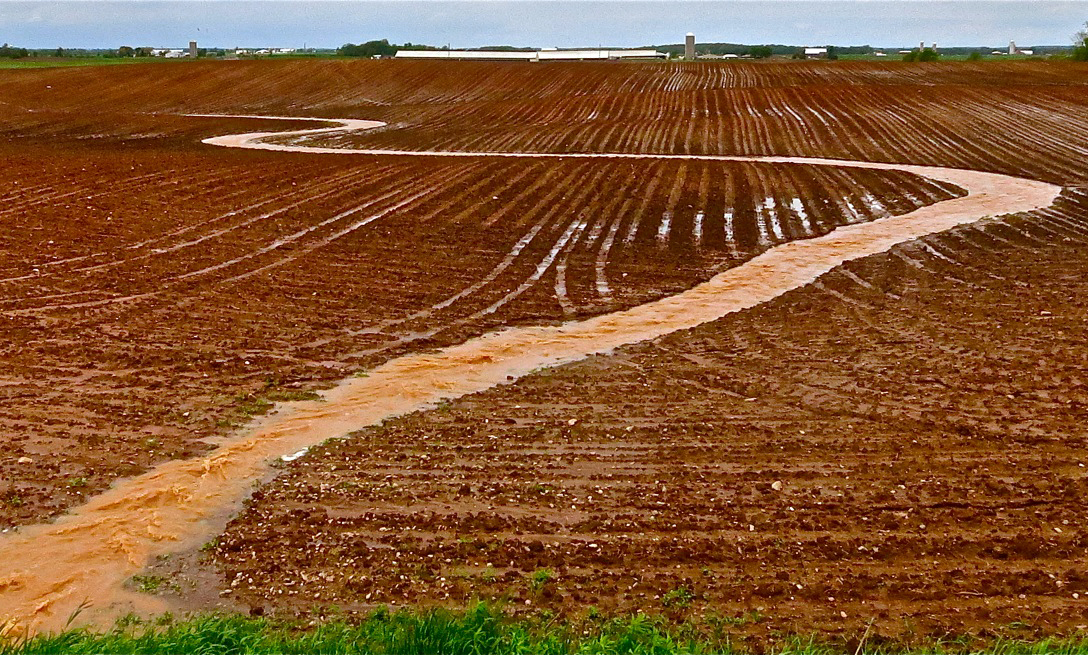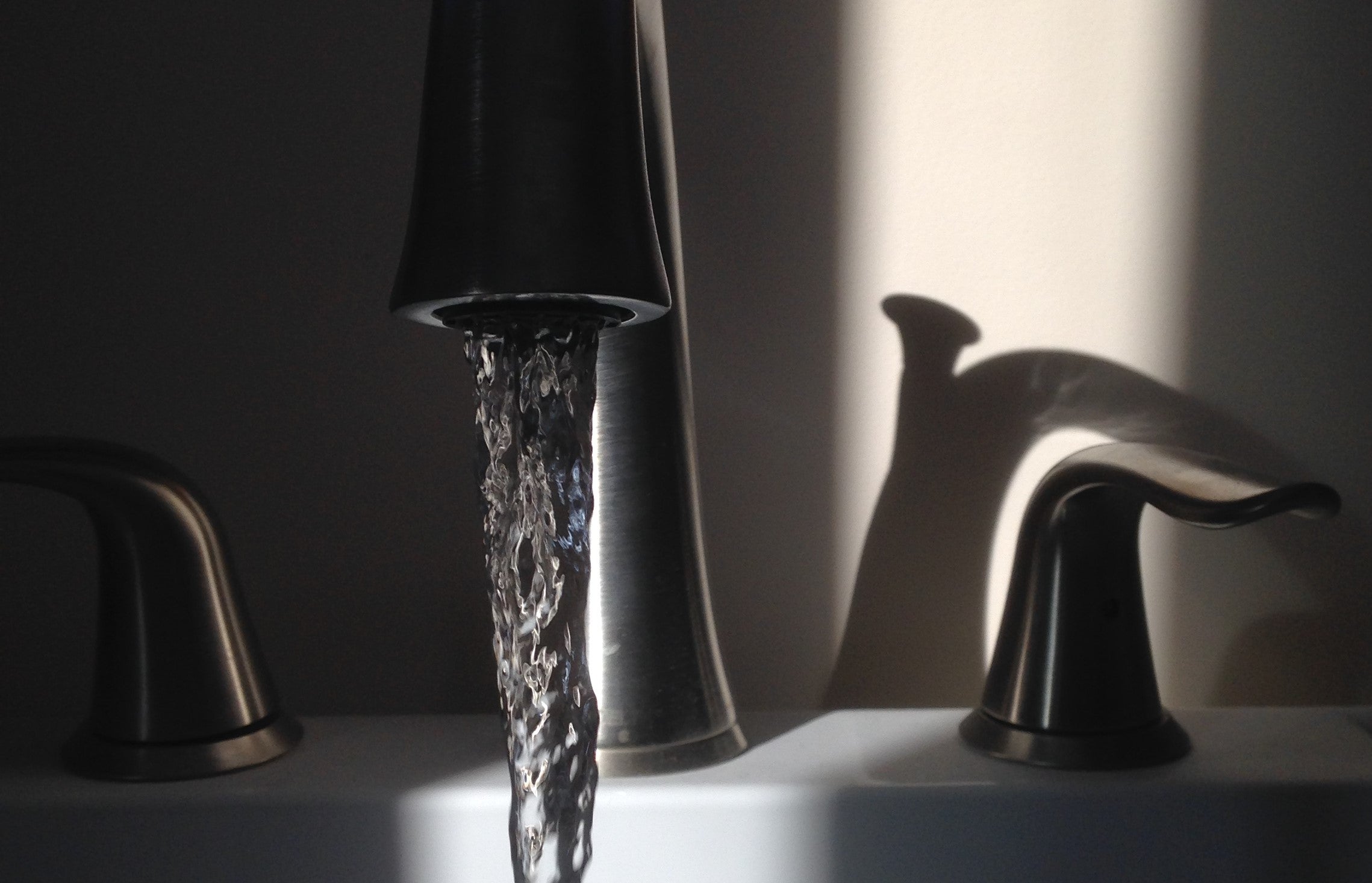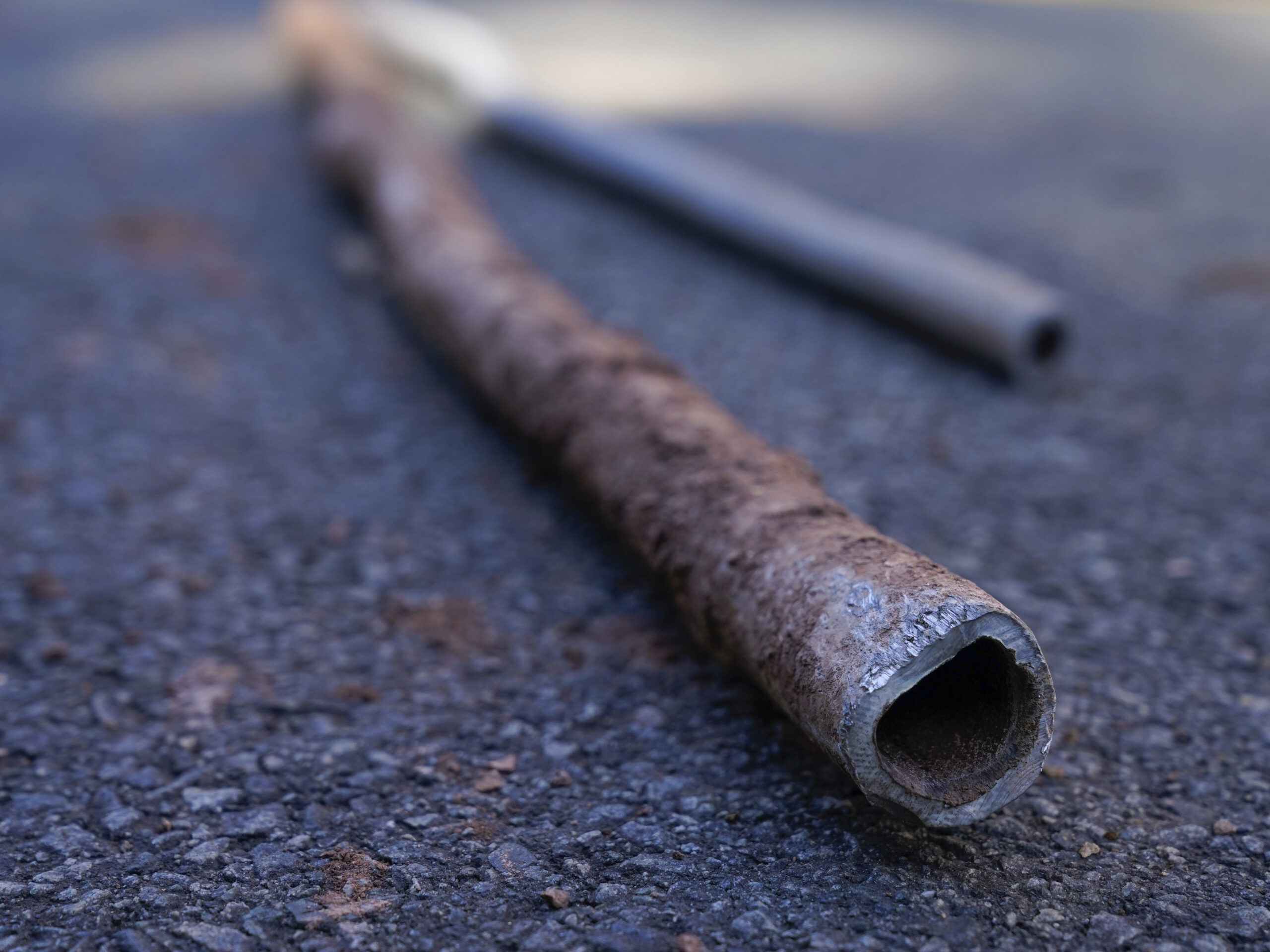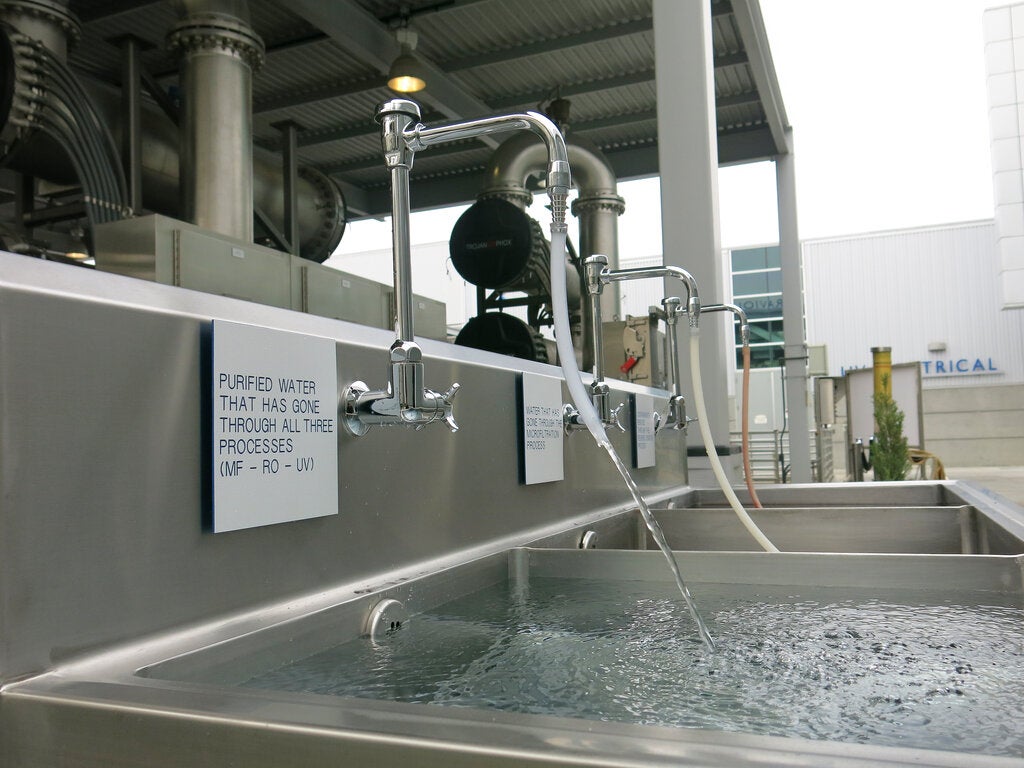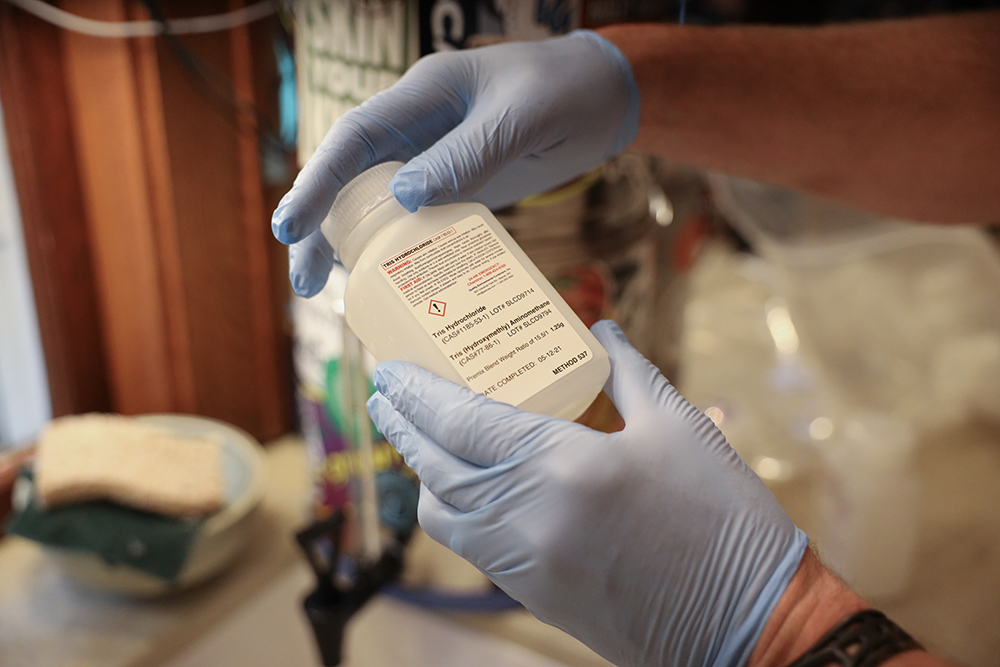Drinking water issues have made headlines recently. Contaminants like lead, copper and nitrate have been found in the water in Wisconsin and across the country.
But according to the most recent drinking water report from the state Department of Natural Resources, the most frequent contaminant found in Wisconsin’s public water systems is bacteria. The DNR found 420 water systems that exceeded the standard for coliform bacteria. About 92,000 people get water from these systems. Coliform can be an indicator of disease-causing viruses, bacteria and parasites.

Wisconsin Center for Investigative Journalism
Stay informed on the latest news
Sign up for WPR’s email newsletter.
Researcher and microbiologist Mark Borchardt discovered viruses in Wisconsin groundwater in a series of studies while working for Marshfield Clinic.
“These would be bugs that cause acute gastrointestinal illness, diarrhea, vomiting, those sort of classic symptoms, but then they can lead to more severe severe illness,” he said.
Coliform bacteria could be present in as many as 169,000 of Wisconsin’s private wells, according to a 2013 study by researchers with the state Department of Health Services. The state DNR recommends testing wells each year. Currently, only about 16 percent of private well owners do, according to the state health department.

Mark Borchardt stands in the driveway of his home west of Marshfield on Feb. 2, 2016. A microbiologist, Borchardt has discovered viruses in Wisconsin’s drinking water supply and linked them to gastrointestinal illness in 14 communities that do not disinfect their water. Public water systems in Wisconsin are not required to use disinfection, although the vast majority do. An effort to mandate disinfection in Wisconsin was blocked by the Legislature in 2011. Jacob Byk / USA TODAY NETWORK-Wisconsin
So, how are these pathogens getting into the water? Borchardt put it bluntly. “The source is fecal material,” he said.
Fecal material can come from worn-down septic systems. It can come from municipal water that wasn’t disinfected. According to the state Department of Natural Resources, there are nearly 65,000 people who use municipal water that is not disinfected.
Fecal matter can also come from manure, spread irresponsibly on frozen fields. According to Wisconsin Geological and Natural History Survey director Ken Bradbury, large animal farms called controlled animal feeding operations, or CAFOs, are producing a lot of manure.
“Particularly up in northeast Wisconsin where we have shallow, fractured rock, you can get some very rapid flow from the surface into the aquifer, and that can cause problems,” he said.

